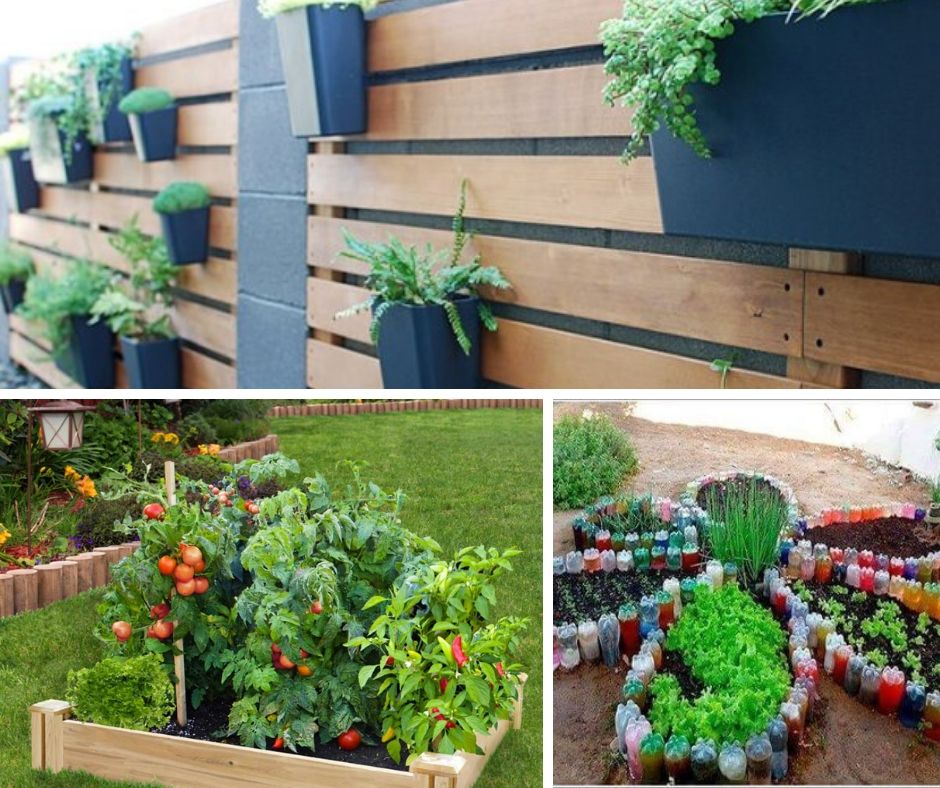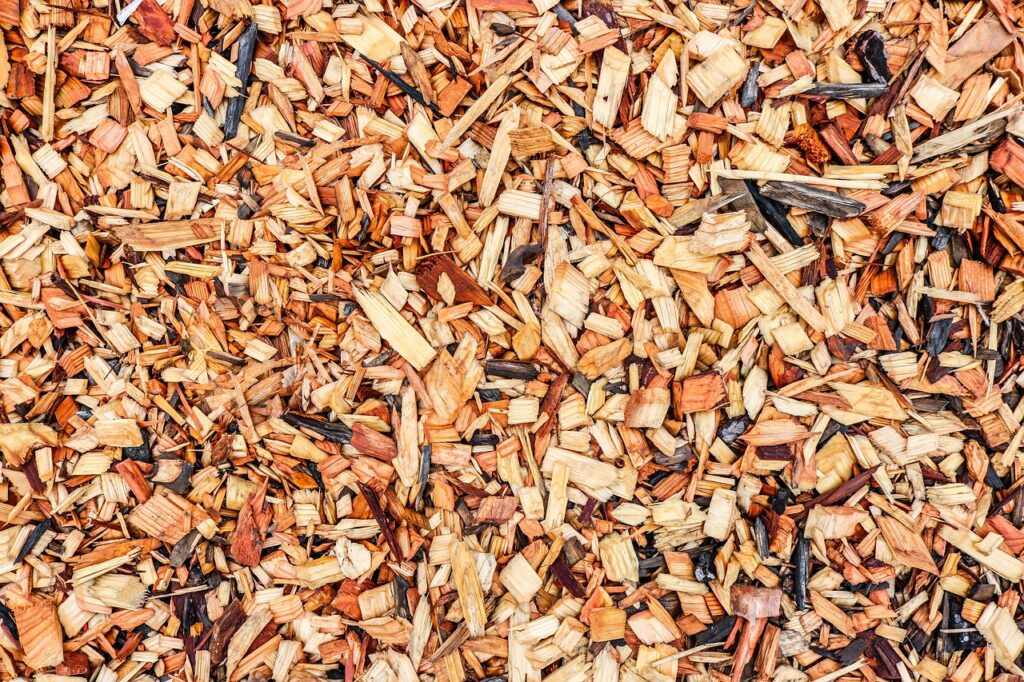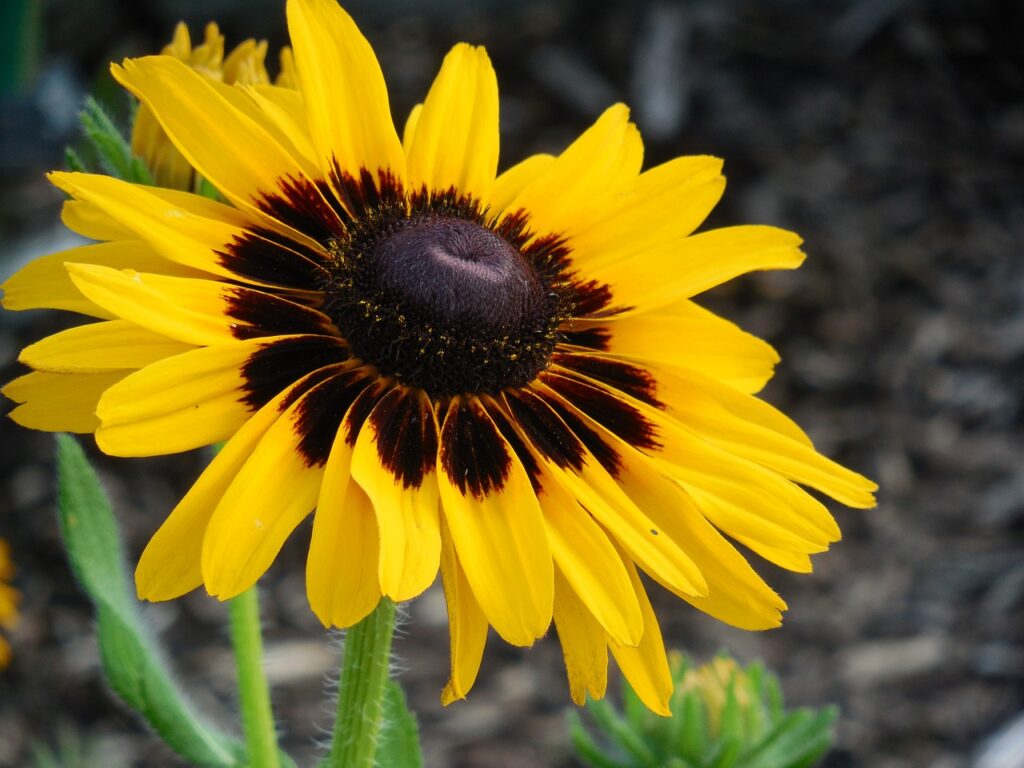It can be scary to start a garden, especially if you don’t have much money. But if you’re creative and plan ahead, you can make a garden that grows and thrives without spending a lot of money. Here are some of the cheapest ways to make a beautiful garden on a budget.
Start Small
When starting a new garden, it’s tempting to try to do everything at once – build raised beds, plant trees and shrubs, put in pathways, etc However, this can get very expensive very quickly. Instead, start small. Focus on just one or two beds or containers to begin with As your gardening skills improve, you can slowly expand. Starting small allows you to learn as you go without the high upfront costs.
Make Your Own Compost
Purchasing bags of compost and fertilizers can really add up. Save money by making your own compost at home. Use a simple compost bin or pile to gather grass clippings, leaves, and kitchen scraps. Their rich, organic matter will break down over time and improve your soil. It’s almost free to make compost, and your plants will love it.
Grow from Seed
While buying transplants is easier, seeds are much cheaper in the long run. Many vegetables, herbs, and flowers grow quickly and easily from seed. Get free seeds from seed swaps or buy affordable seeds in bulk. Starting seeds indoors can further extend the growing season.
Use Free Materials
Think creatively when sourcing materials. Ask neighbors for plant divisions or cuttings from their gardens. Outside boards, bricks, or stones can be used to edge beds. Check Craigslist for free building materials to make raised beds. Forage for leaves to use as mulch. You can get free garden furniture by looking around.
Build Inexpensive Raised Beds
Constructing raised beds with new lumber can get pricey. Save money by using salvaged wood, cinder blocks, straw bales, or other reused materials to build the frames. Line beds with cardboard or newspaper instead of landscape fabric to suppress weeds. Build beds right on top of grass or soil rather than importing new garden soil.
Make DIY Trellises
You can make your own trellises and plant supports for cheap or no cost instead of buying them. Use branches, twine, wire fencing, or other scrap materials. Most of the time, these unique, old supports look better than ones you can buy in a store.
Water with Rain Barrels
Collecting rainwater in barrels, tanks, or buckets allows you to water your garden for free! Diverting downspouts and installing gutters can harvest hundreds of gallons of water a year for your garden. Adding soaker hoses, drip irrigation, or ollas further reduces water usage.
Employ No-Till Methods
Tilling soil can disturb beneficial organisms, cause erosion, and require expensive equipment. Try no-till methods like sheet mulching, lasagna gardening, or hugelkultur instead. These approaches build up the soil naturally without heavy machinery. They also sequester carbon, retain moisture, and suppress weeds.
Swap Plants and Seeds
Trade seeds, plant divisions, cuttings, and volunteers with other gardeners. It’s a fun way to gain new plants without spending any money. You may find rare or unusual varieties you wouldn’t find at a nursery. Develop relationships with other local gardeners to expand your options.
Attract Pollinators
Encouraging birds, bees, butterflies, and other pollinators to visit your garden improves fruit and vegetable yields without effort or cost on your part. Plant native wildflowers, herbs, and old fashioned flower varieties to draw in pollinators. Avoid pesticides and provide water sources too.
Focus on Low-Maintenance Crops
Some vegetables and flowers require significant time investments to grow well. To save money and labor, choose low-maintenance, high-yielding plants. Crops like zucchini, beans, radishes, and lettuces typically thrive with minimal care. Mulch well and practice crop rotation to prevent disease.
Save and Store Seeds
Allow plants like tomatoes, peppers, beans, lettuce, and herbs to go to seed at the end of the season. Collect and save the seeds to plant again next year for free. Properly store seeds in a cool, dark place to maintain viability. Some seeds will remain good for several years when stored correctly.
Make the Most of Space
Careful planning allows you to grow more in less space, maximizing your investment. Use vertical gardening techniques like trellises, poles, and cages. Intercrop compatible plants in beds. Extend the season with cold frames or cloches. Succession plant to get multiple crops from one spot.

Grow “big ticket” plants.
If you’re keeping a budget garden and you don’t have a lot of money to spend on plants, be smart with your dollars and grow the plants that will save you the most amount of money. At the grocery store, herbs and fresh lettuce tend to be the priciest produce, but if your family eats a lot of melons, tomatoes or other crops, it may make sense to grow those items in your garden instead.
It can be pricey to buy foods like horseradish root, turmeric, and ginger, but you can grow all of these in vegetable beds. Flowering plants grown from seed can also save you a lot of money or you can grow some of these profitable crops to sell to recoup some of your gardening expenses.

Make your own compost and mulch.
The price of bagged mulch and compost can rise quickly, but you don’t always need to buy them. Compost, in particular, is super easy to make at home using both outdoor composting or indoor composting methods, like vermicomposting and Bokashi. With composting, you can eliminate food waste and transform food scraps and yard debris into one of the best organic soil amendments on Earth!.
As for mulch, there’s no reason to pick up bales of straw or expensive wood chips if you have a few trees on your property. Every fall, trees drop boatloads of leaves that can be chopped and turned into an all natural organic mulch that’s ideal for vegetable beds and flower gardens alike!

How to Build Cheap, DIY Raised Garden Beds In Under 30 Minutes
FAQ
What is the cheapest way to make a garden?
Grow plants from seed. Most vegetables, herbs and flowers can be grown from seeds or nursery starts. But if you’re gardening on a budget, you’ll want to grow plants from seed whenever you can. Plants grown from seed may be slower to start, but they’re much less expensive than full grown plants!.
What is the 70/30 rule in gardening?
… formless or even untidy after mid-summer. In your own garden, set aside about 2070% of the space for structure plants and the rest for filler plants.
What is the cheapest way to get garden plants?
Buy bare root – it’s cheaper Bare root plants are sold with their roots exposed, rather than planted in a pot of soil. This makes them lighter, cheaper to transport and therefore cheaper to buy.
What is the rule of 3 in gardening?
The rule of threes is a design principle that says planting things in groups of three makes them look more natural, balanced, and nice to look at. Below, our Superbells calibrachoa are doing a wonderful job brightening an outdoor area with their amazing bursts of color. Dec 26, 2024.
